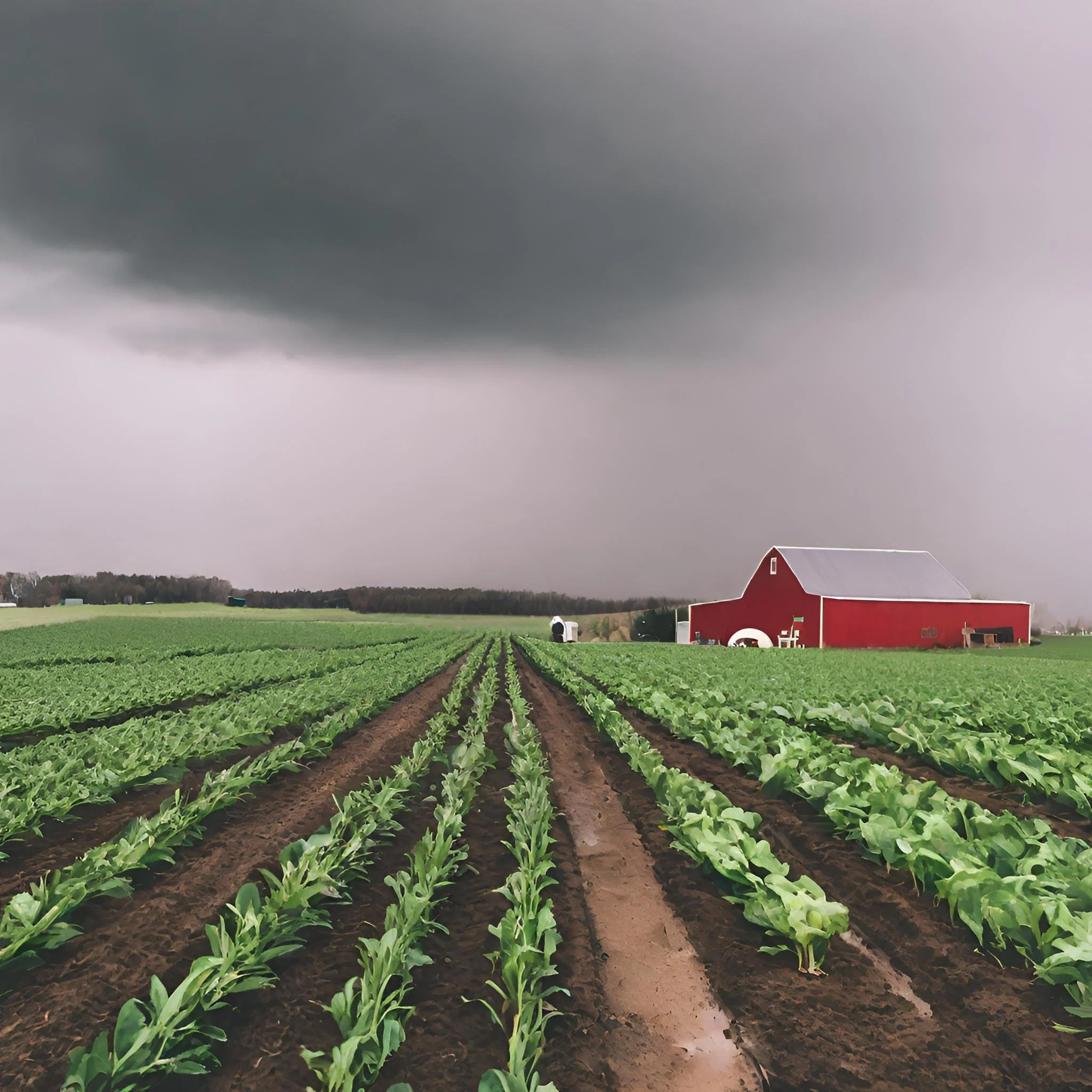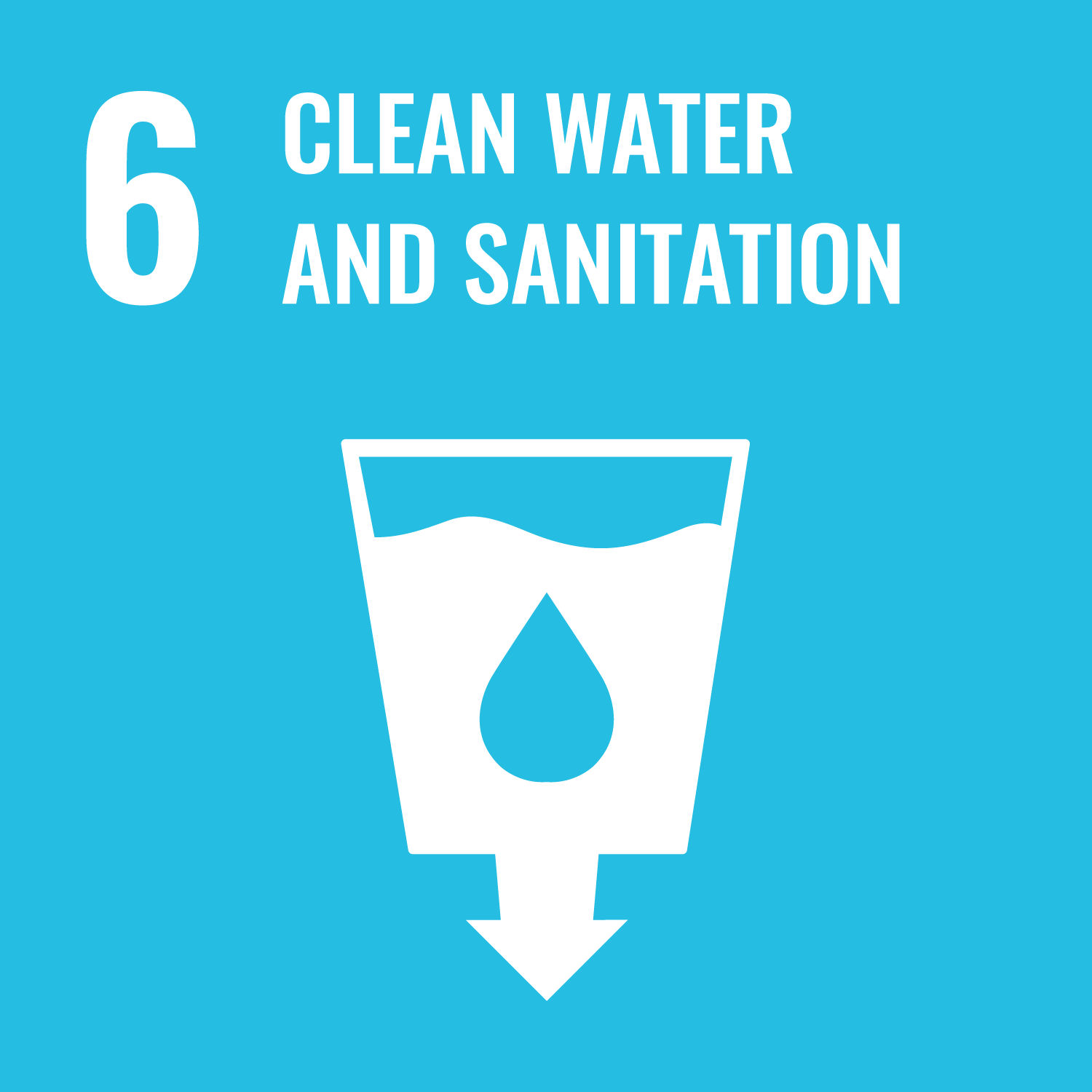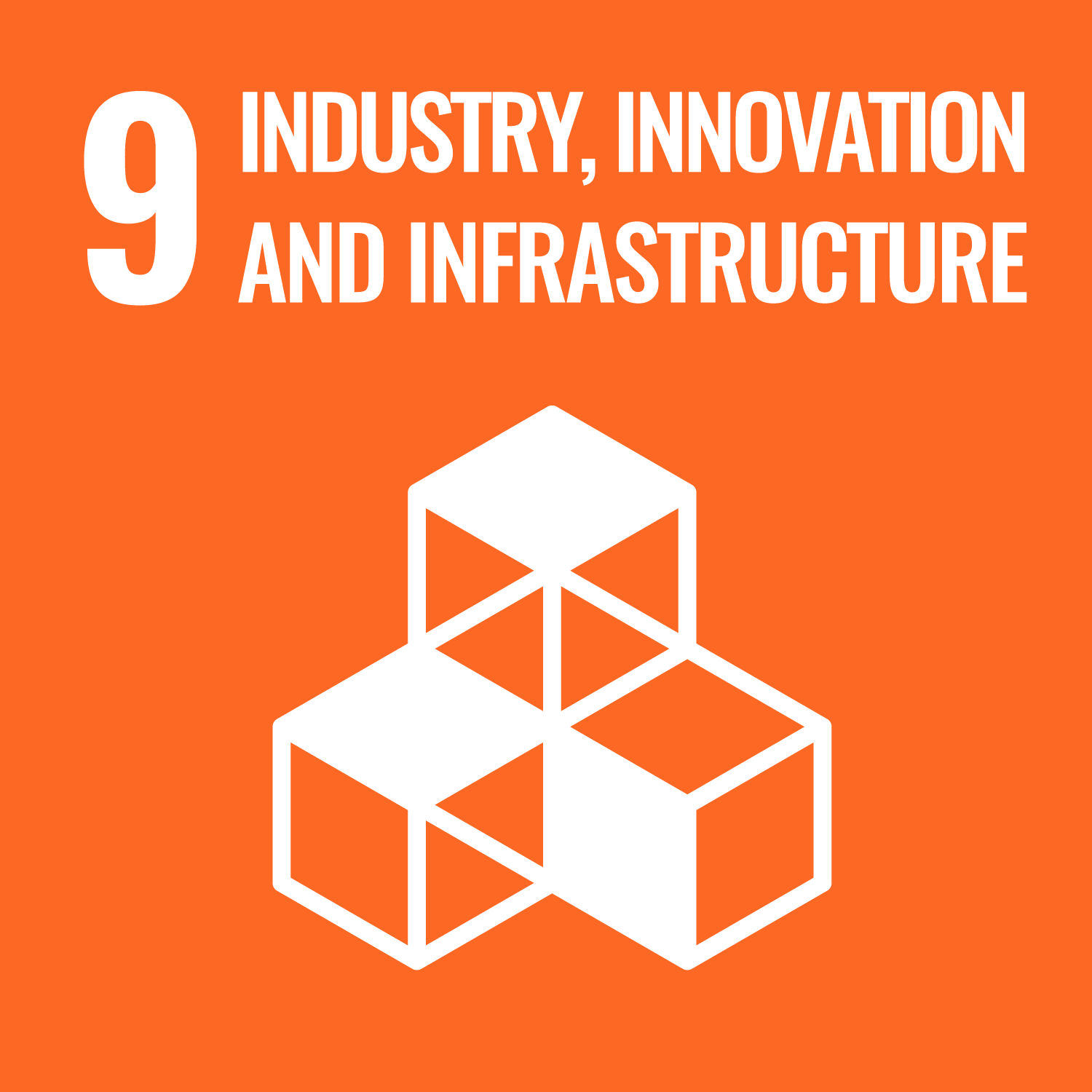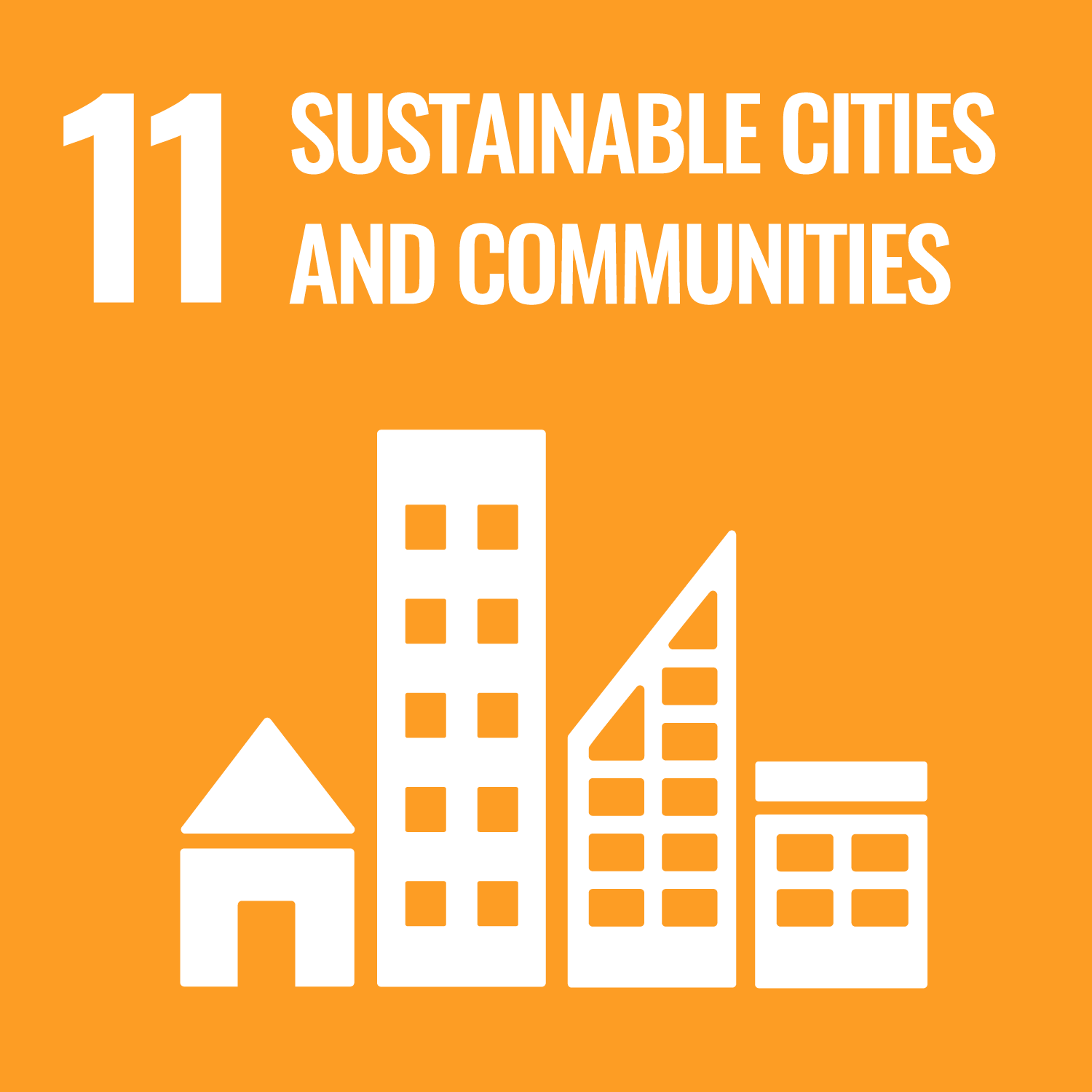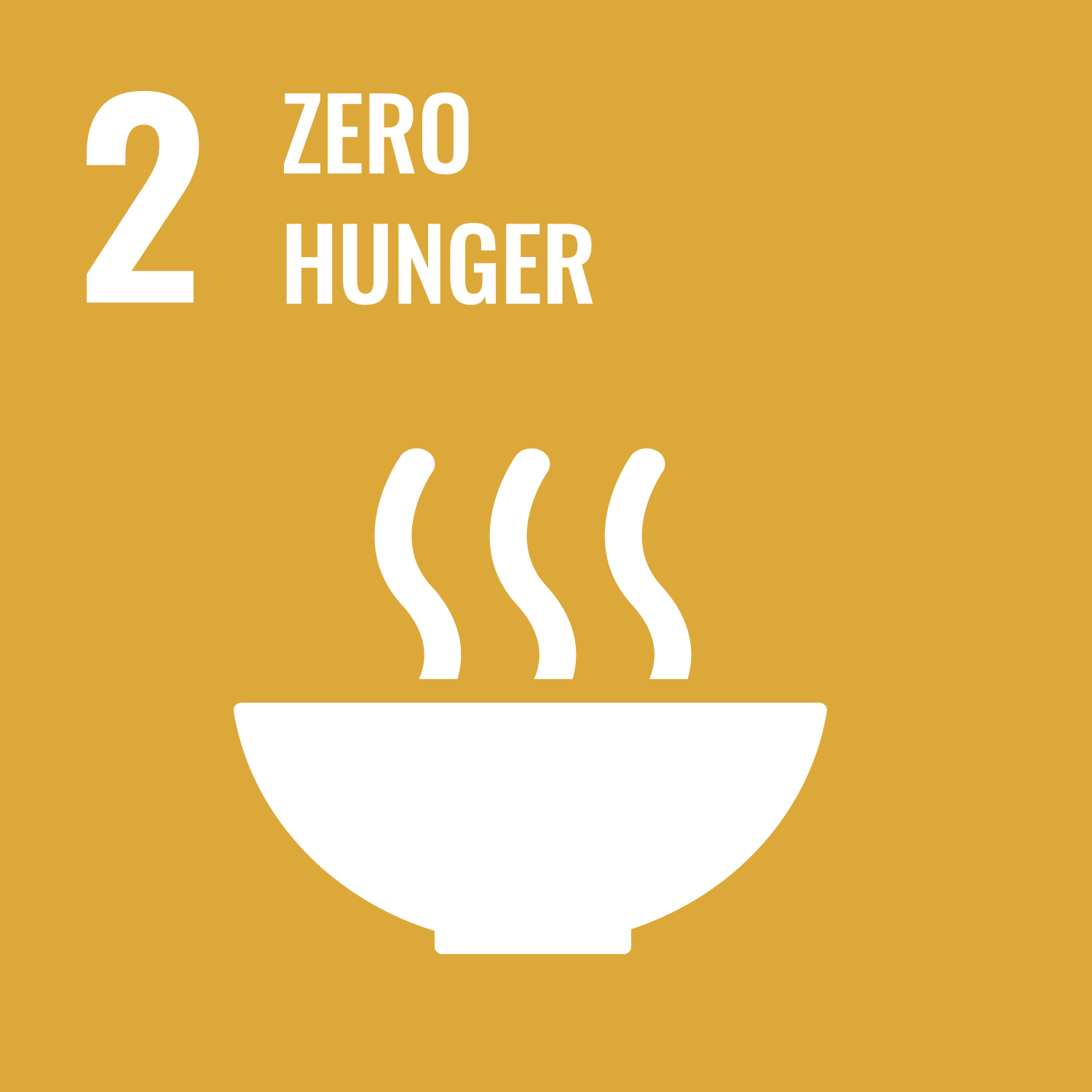
A food system that is already in crisis
Climate change
The agriculture industry contributes to approximately 20% of global greenhouse gas emissions. Unpredictable weather patterns can negatively impact the size and quality of outdoor-grown yields.
Population projections
As global fertility rates continue to decrease and life expectancy increases, we face the risks of both a population collapse and an unsustainable increase in population size. It is crucial to take action to prevent a global collapse and ensure sustainable growth for the future.
Food safety outbreaks
Bacteria, such as E-coli and Listeria monocytogenes, have the potential to contaminate produce grown in fields through various means, including water, composted manure, wildlife, and harvesting equipment.
Food & nutrition insecurity
Climate change, population growth, and other world events are having a significant impact on food availability, ultimately leading to food and nutrition insecurity. Farms must adapt to these changes to mitigate global poverty, malnutrition, and starvation.
Depletion of natural resources
Agricultural land degradation and water scarcity are pressing concerns. The availability of cultivable land and suitable soil is shrinking, while approximately 70% of the world's freshwater resources are utilised for agriculture, with a staggering 60% of that amount being wasted.
Food supply chain instability
The self-sufficiency of food production has been declining annually, and there is mounting pressure for supply chains to adopt sustainable practices, with the goal of achieving zero-carbon emissions by 2030.
Use of chemical treatments
The application of chemical fertilisers, pesticides, and herbicides has detrimental impacts on the environment and the well-being of its inhabitants.
Evolving Food systems
Growing internally
Producing crops indoors.
Growing hydroponically & aeroponically
The process of cultivating crops without soil, delivering nutrients and minerals via water or mist.
Growing vertically
Arranging crops in layers.
Growing botanically & gastronomically
Food production and consumption supported by the science of plants and healthy eating.
Growing locationally
Producing food where it is consumed.
Growing technologically
Cutting-edge operating systems, automated robotics, and artificial intelligence utilise research and data in plant and crop science to regulate variables, guaranteeing optimal growth, taste, and nutrition.
Growing futuristically
A healthy and sustainable food supply is essential for the survival of space explorers and any future civilisations established in harsh environments with limited access to water.
Why evolve?
-

Control environment
The use of technology has enabled the management of variables such as light spectrum and intensity, temperature, humidity, and nutrient mix, among others, to produce sustainable, nutrient-rich, and sensory-satisfying food. This approach is known as controlled environment agriculture (CEA).
-

Maximise space & yield
Compared to traditional field-grown farms, CEA (Controlled Environment Agriculture) provides a higher yield in less space, mainly due to the innovative technique of stacking crops and growing them closer together.
-

Year round production
Cultivating crops in a regulated environment can result in a year-round supply of food, which caters to the growing demand for plant-based and health-oriented diets.
-

Use 90-95% less water
Hydroponic cultivation techniques have the potential to reduce water usage by up to 90% compared to conventional farming methods, aeroponic growing methods consume even less water. Additionally, the water utilized in these techniques can be safely recycled, further reducing water waste.
-

Zero chemical and GMO use
By growing food in a controlled environment, it can be protected from the effects of climate, pests, and transportation conditions without resorting to genetic modification or chemical treatments. The result is healthier seeds and produce that thrive rather than merely survive.
-

Fresher for longer
Reducing farm-to-consumer distance and duration results in the food staying fresher for longer.
-

Increasingly energy efficient
As the world progresses towards renewable energy sources, technologies are continually evolving to become increasingly energy efficient, resulting in the production and purchase of clean energy becoming more accessible.
-

Reduce greenhouse gas emissions
The transportation of fresh fruits, vegetables, and herbs across the globe results in the generation of significant amounts of CO2, contributing to climate change. However, by cultivating a diverse range of produce in close proximity to where it is consumed, we can lower the carbon footprint associated with long-distance transportation. Such a strategy would not only reduce food waste but would also ensure wider access to fresh and locally grown food.
-

Ready to eat
Food safety outbreaks have been linked to unwashed field-grown produce. However, cultivating food in a controlled environment without the use of harmful chemicals eliminates the need for produce to be washed.
-

Fully traceable
Advancements in technology have made it simpler to monitor and track your food consumption. By increasing the transparency of the food supply chain, we can achieve a healthier and more nutritious diet.
-

Safer work conditions
Farming is a perilous industry sector that poses risks to the health and safety of workers. Apart from the physical demands and repetitive tasks, other potential hazards such as machinery and chemicals contribute to this danger. To create safer working conditions, it's critical to embrace evolving food systems that promote non-chemical approaches and automation options on large-scale farms. Such measures would help mitigate risks and enhance the safety of farming practices.
-

Optimise workforce
Technological advancements have enabled large-scale farms to explore the feasibility of automating various processes.
The 2030 agenda for sustainable development
Fresh Heights contributes to the implementation of the following Sustainable Development Goals (SDGs):


